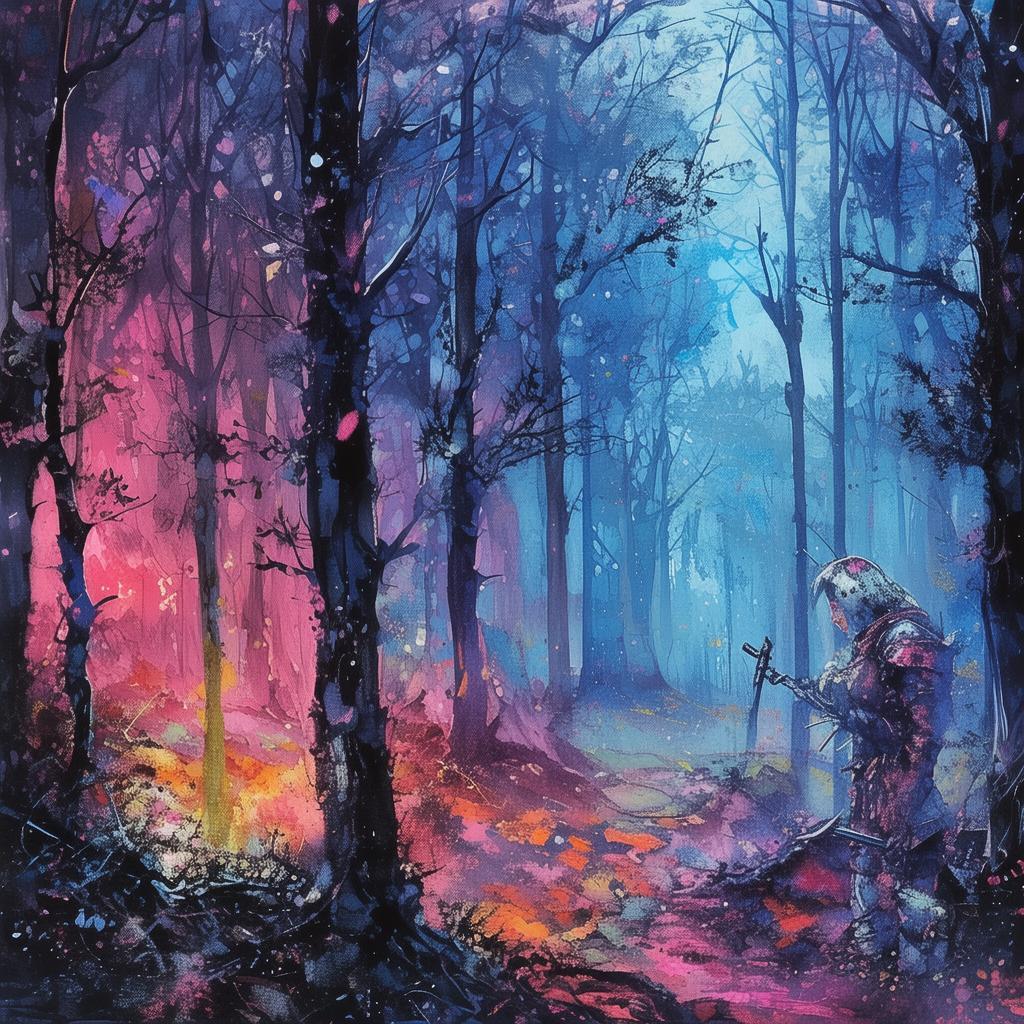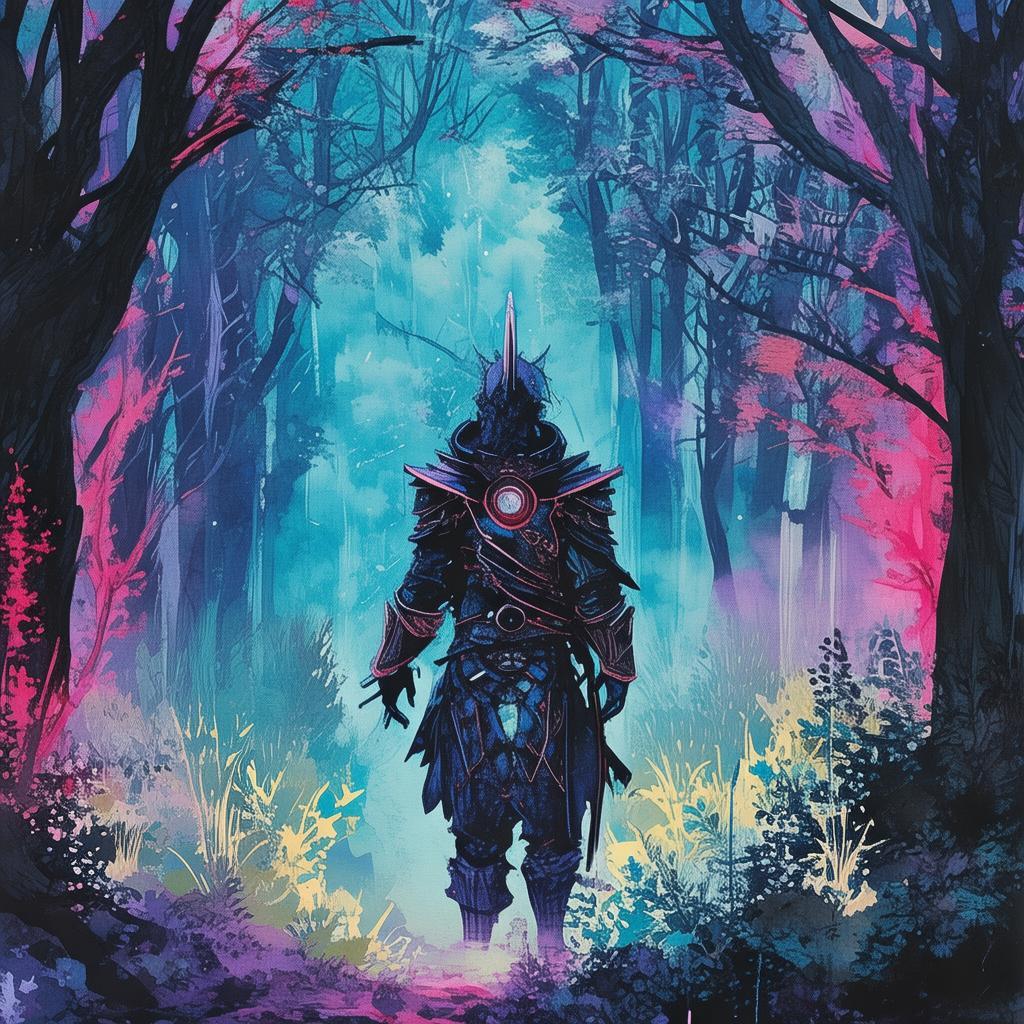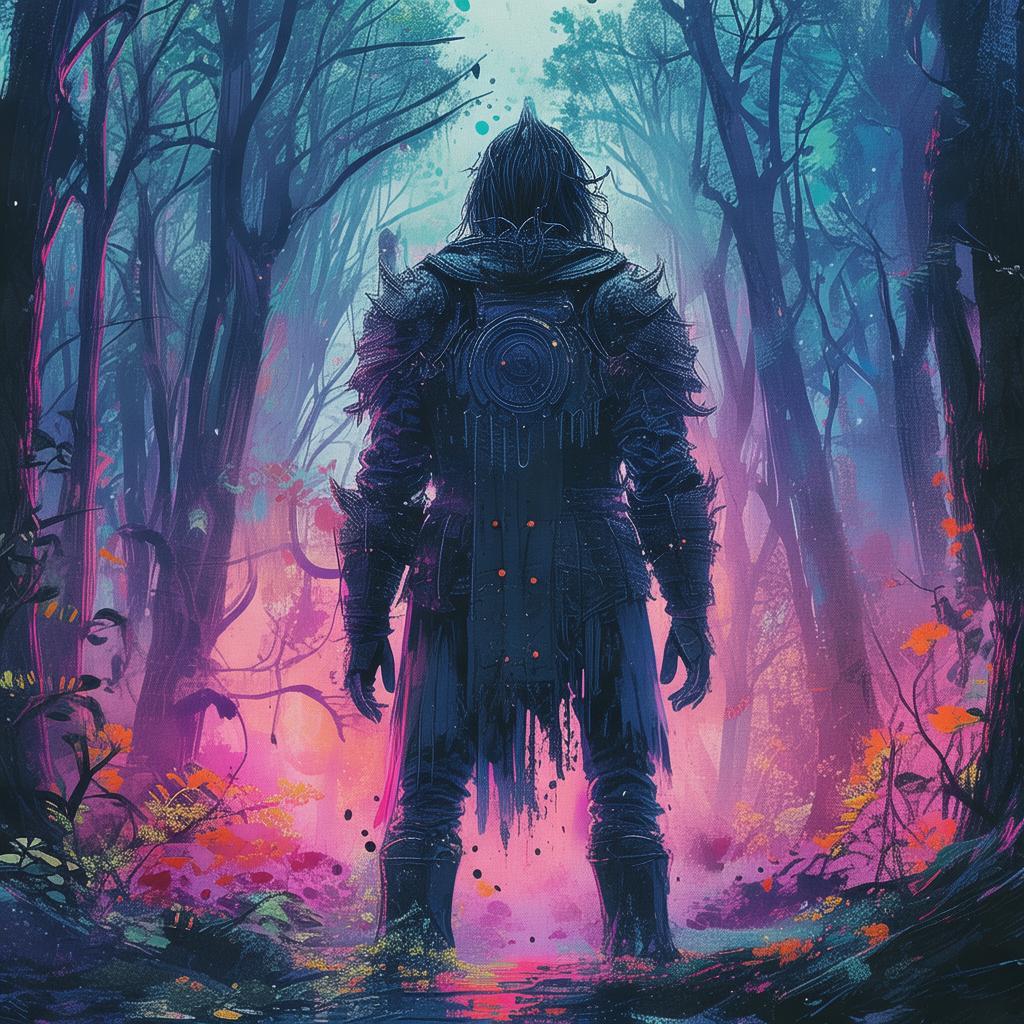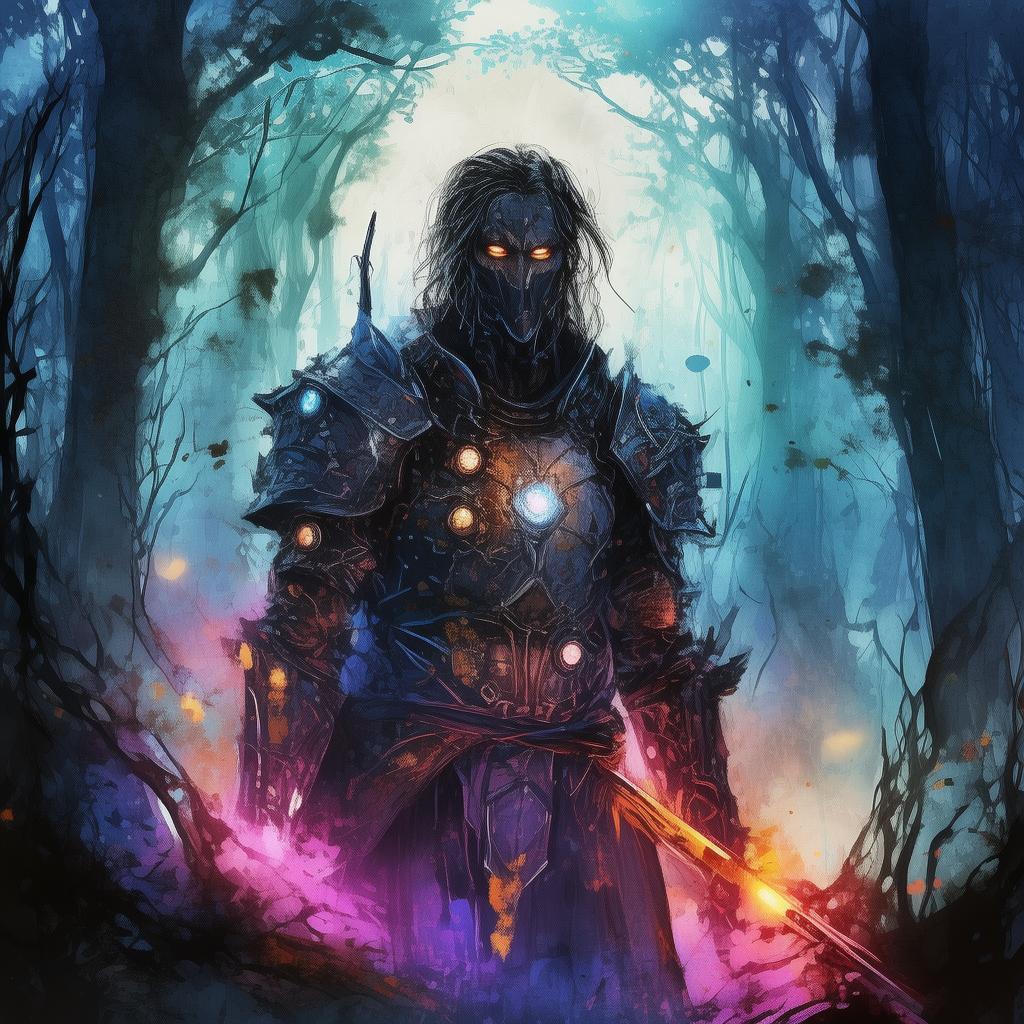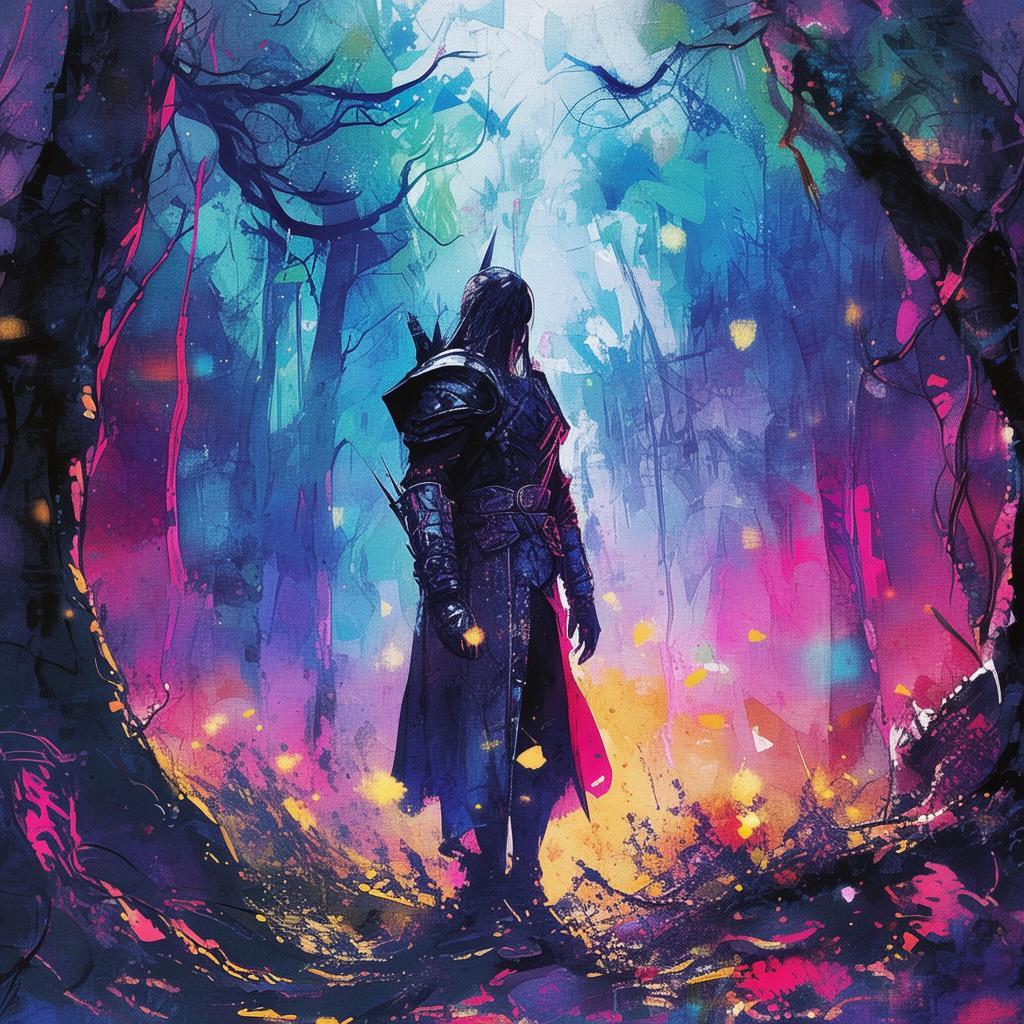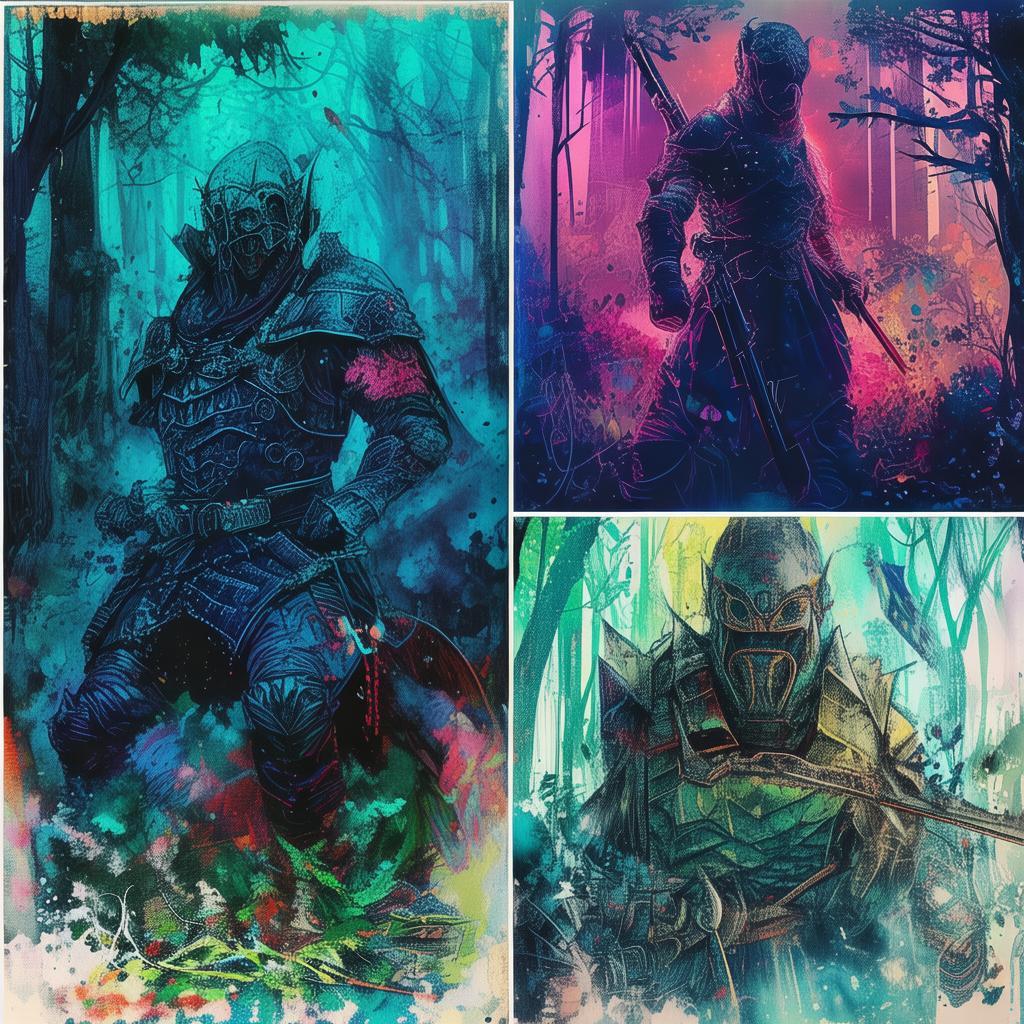The Canaanian Curiosity: The Enigma of the Vanishing Scribe
In the ancient city of Ugarit, nestled between the mountains and the sea, there lived a scribe named Eshmun. His name was whispered in reverence, for he was not just a scribe, but a keeper of the city's most sacred texts. His hands, deft and skilled, had written the tales of gods and men, the laws of the land, and the secrets of the cosmos. Eshmun was a man of great curiosity, a trait that set him apart from his contemporaries.
One evening, as the sun dipped below the horizon, casting a golden glow over the city, Eshmun disappeared. His disappearance was as sudden as it was mysterious. He left no note, no farewell, nothing but the cryptic message etched into the door of his study: "The pen is mightier than the sword, but the ink fades with the wind."
The city was in an uproar. The king himself summoned the guards to search for the scribe, but Eshmun was gone. Days turned into weeks, and the search turned fruitless. The people of Ugarit speculated wildly. Some believed Eshmun had been taken by the gods, while others whispered that he had been swallowed by the sea.
But the true mystery lay in the cryptic message. What did it mean? Was it a warning, a farewell, or perhaps a riddle? The scholars of the city debated endlessly, each interpreting the message in their own way. Some saw it as a testament to the power of knowledge, while others believed it spoke of the fleeting nature of life.
Amidst the chaos, a young philosopher named Ithra emerged. She had heard of Eshmun's disappearance and the cryptic message. Intrigued by the enigma, she decided to delve deeper into the scribe's life and work. She spent days in Eshmun's study, poring over his texts and searching for clues.
It was during her research that Ithra discovered a hidden compartment in Eshmun's desk. Inside, she found a series of scrolls, each containing a different philosophical reflection. These reflections were unlike anything she had ever seen, blending the wisdom of the ancients with the questions of the present. They spoke of the nature of existence, the afterlife, and the role of the individual in the grand tapestry of the cosmos.
One scroll in particular caught her attention. It contained a reflection titled "The Canaanian Curiosity." In it, Eshmun wrote about his own curiosity, how it had driven him to seek the truth, and how it had ultimately led him to question the very nature of his own existence. He spoke of the possibility of an afterlife, a realm where the soul could continue to explore the mysteries of the universe.
As Ithra read the scroll, she felt a strange connection to Eshmun. She realized that his curiosity was not just a personal trait, but a universal one. It was a force that drove all humans to seek knowledge, to question, and to understand the world around them.
Inspired by Eshmun's words, Ithra decided to follow in his footsteps. She began to travel the lands, seeking out the wisdom of other cultures and philosophies. Along the way, she encountered other curious souls, each with their own interpretations of Eshmun's message.
Years passed, and Ithra's journey took her to far-off lands. She encountered a wise old sage who spoke of the interconnectedness of all things, a young warrior who believed in the power of the mind, and a poet who saw beauty in the mundane. Each encounter brought her closer to understanding the true meaning of Eshmun's message.
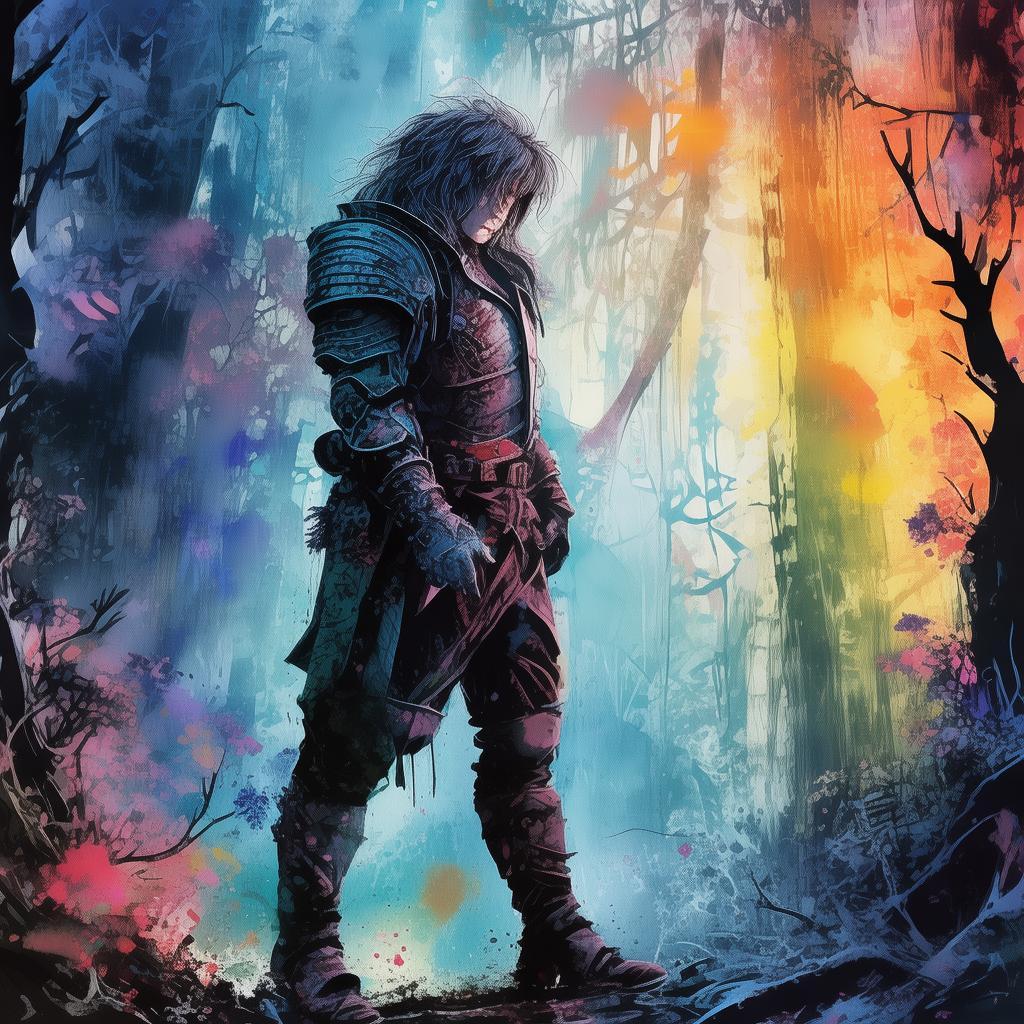
As she journeyed, Ithra realized that Eshmun's disappearance was not a tragedy, but a gift. It had sparked a philosophical debate that would span generations, a debate about the nature of existence, the afterlife, and the role of the individual in the universe.
One day, as Ithra stood on a hilltop, overlooking the city of Ugarit, she felt a sense of peace. She understood that Eshmun had not vanished, but rather, he had become a part of something greater. His curiosity had become a beacon, guiding others to seek the truth and understand the world in new ways.
She turned to the horizon, her heart filled with gratitude. In the distance, she saw the silhouette of a ship, setting sail. It was a symbol of the journey that Eshmun had begun, a journey that would continue as long as there were curious souls to embark upon it.
And so, the legend of the Canaanian Curiosity was born, a tale of a scribe who vanished without a trace, but whose legacy lived on in the hearts and minds of those who sought the truth.
✨ Original Statement ✨
All articles published on this website (including but not limited to text, images, videos, and other content) are original or authorized for reposting and are protected by relevant laws. Without the explicit written permission of this website, no individual or organization may copy, modify, repost, or use the content for commercial purposes.
If you need to quote or cooperate, please contact this site for authorization. We reserve the right to pursue legal responsibility for any unauthorized use.
Hereby declared.
